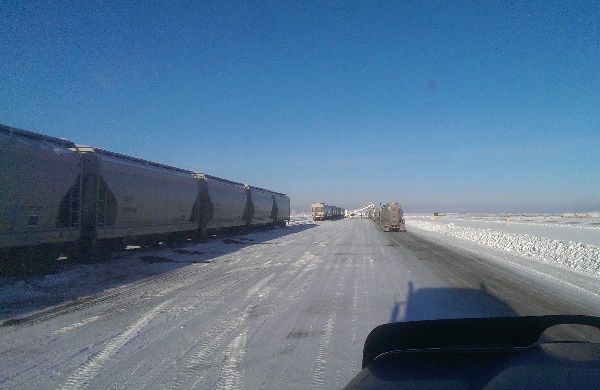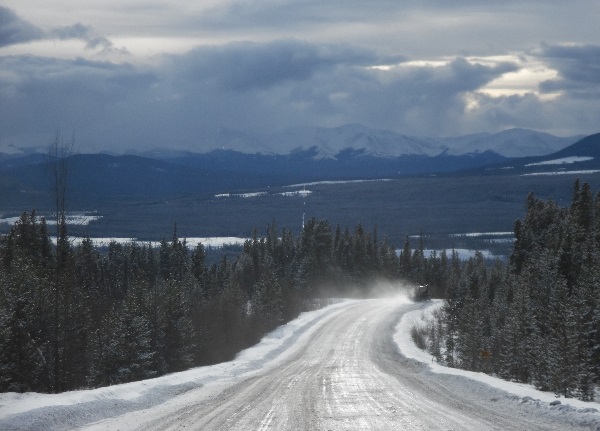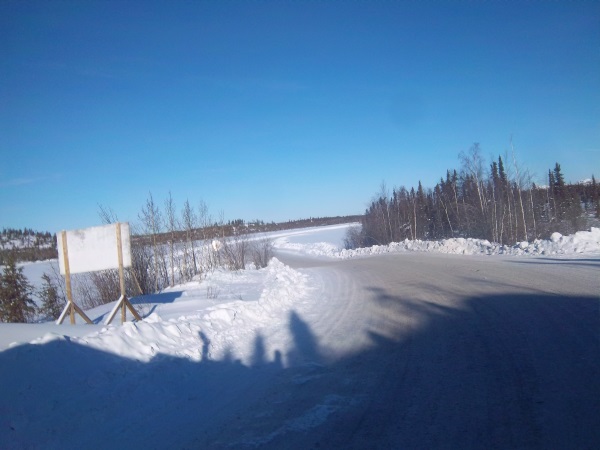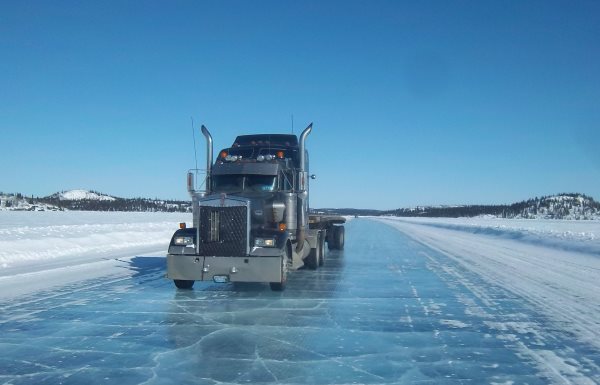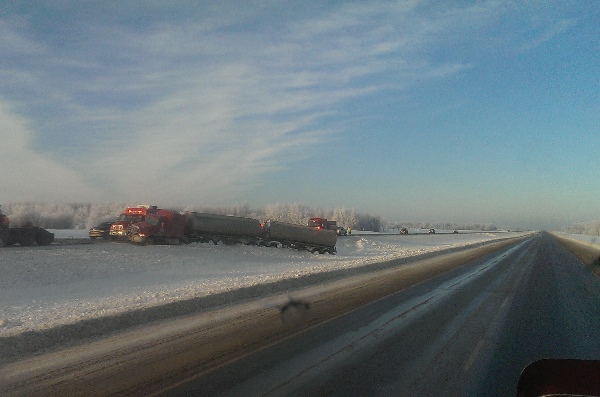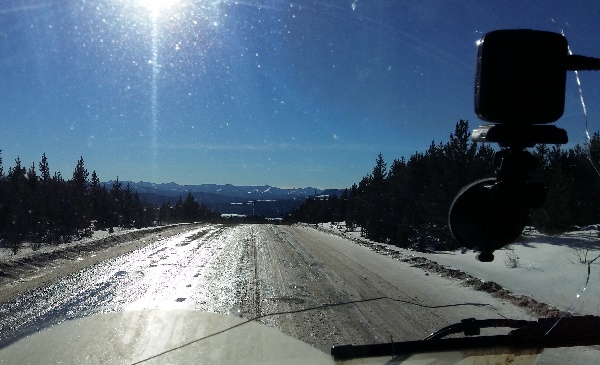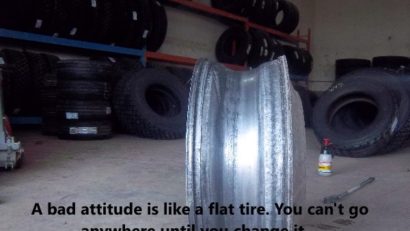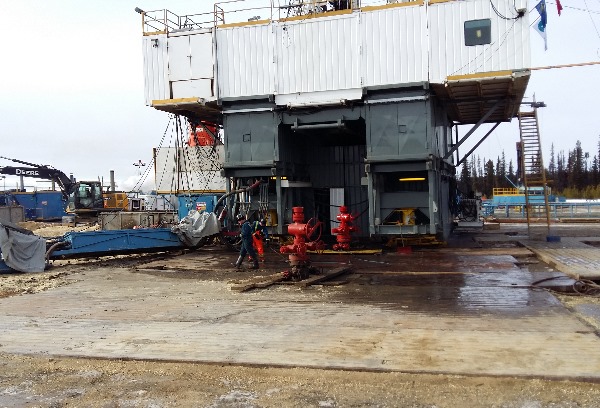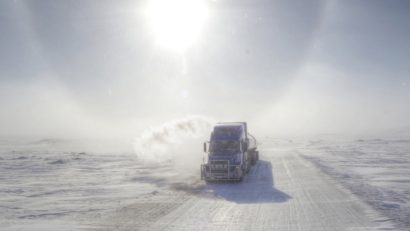Transloading proppants is an essential part of the fracturing supply chain in North America. Proppants are shipped in bulk rail cars from the mines and processing plants to storage locations in the oil and gas fields. These storage locations are referred to as Transload facilities.
The term “Transloading” simply means to transfer a shipment of goods from one mode of transportation to another.
Proppant transloading facilities are located alongside rail lines called “Rail sidings” or “Spurs”. When the rail cars are delivered, the proppants are moved to large containers or reinforced grain silos.
The proppants are then loaded into bulk trailers and shipped to the well site for hydraulic fracturing jobs. The 2 most common bulk trailer types used in the field are pneumatic units, (Also referred to as “Air Slides”), and grain trailers. (Also referred to as “Hopper Bottoms”.)
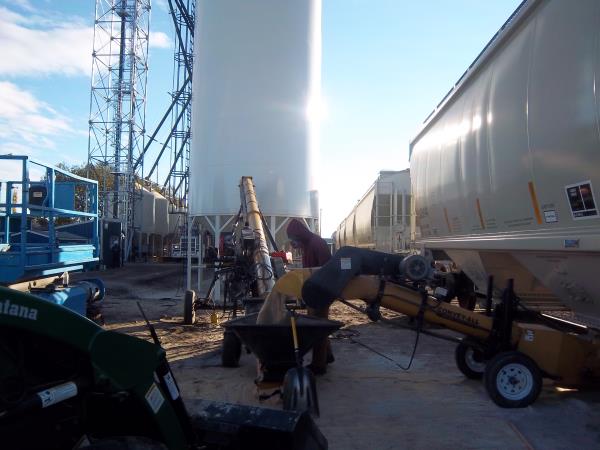
A transload facility moving sand from the rail cars to the silos. A pneumatic trailer, (Sand bulker) is loading on the scale to take the frac sand to the field.
Transloading frac sand from rail to trucks is the most efficient and common method because of the great distance from the frac sand mines to the oilfield locations.
High quality Frac sand comes from a limited number of geological deposits. It is not like ordinary beach sand and must meet certain criteria to be used in the oil and gas industry. Well over half of this high quality frac sand produced in the US comes from the Midwest with Wisconsin being one of the leaders in new mine development.
Rail is the most common, but not the only method frac sand is moved to storage facilities in the field. Proppants can also be delivered all over the world by ship. China is a very large supplier of proppants to the world market by using intermodal transport.
The proppants are often loaded into special industrial strength bags and weighed (Usually 1 or 2 tons), before being loaded into a container. These universal containers can be moved back and forth between truck chassis, ships, or rail cars, by being lifted with cranes or other equipment.
Additional proppant storage facilities have become a big part of the industry due to the increases in demand. Oil companies, fracturing service companies, and even third party frac sand transport companies are attempting to have control over the supply. Many of them have their own frac sand storage silos to guarantee their supply. Some have even purchased, or started up their own frac sand mines.
Transloading proppants has become a more competitive business in the past few years. In Grande Prairie Alberta, there are now close to a dozen facilities for transloading proppants in the area. This is up from only a couple only 5 years ago.
New transload facilities for shipping crude oil have also been opening up to ship the oil to be refined in other parts of North America. Sometimes there are even shortages in the frac sand supply. Grain, Frac Sand, crude Oil, and other commodities can sometimes battle for rail services.
Rail companies have been pushing forward with some track expansion projects to accommodate the demand from this industry. Frac sand has gone from a 1 billion a year industry just 10 years ago and is expected to be worth nearly 20 billion by 2020. With that kind of growth, its been a challenge to keep up.
With the economic issues around the oil and gas industry starting in 2015, it looks like the transloading proppants business may have a chance to get back on track.
Keep your eyes on our site as we’ll have some more on related frac sand topics in the future. You can also check out our 6 part mini series on Telebelting frac sand in the field.
Thanks for reading Transloading Proppants
Truckerswheel team
